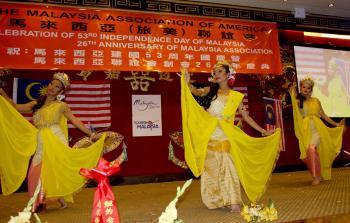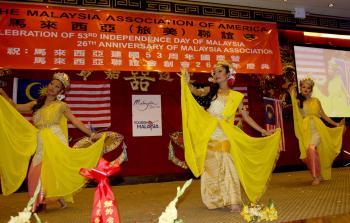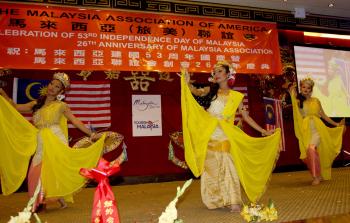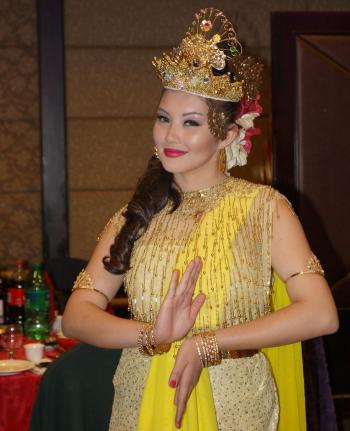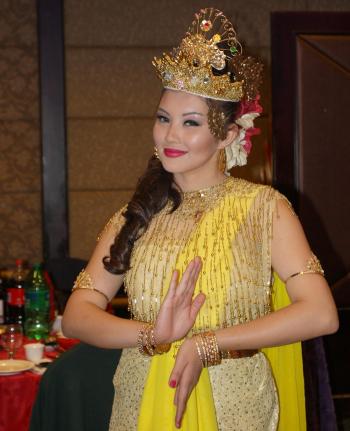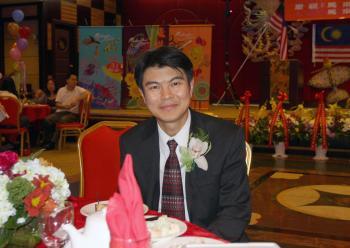NEW YORK—The Malaysian Association of America (MAA) got together for an annual “Merdeka” (Independence) Day celebration at Jing Fong restaurant in Soho on Friday. MAA events like this one play an important role in promoting unity between the different racial sectors of Malaysia, keeping the culture alive among the immigrant population in New York and maintaining a connection between young Malaysians and their ancestry.
Malaysia is home to three ethnic groups: Malay, Chinese, and Indian. Malay are a majority at 50 percent of the population, while 25 percent are Chinese and 7 percent are Indian.
The MAA membership, however, is 75 percent Chinese, 20 percent Malay, and 5 percent Indian.
“Chinese people like to explore, there are Chinese people established everywhere,” said MAA Chairman Jack Liaw in reference to the high Chinese membership.
Malaysia is home to three ethnic groups: Malay, Chinese, and Indian. Malay are a majority at 50 percent of the population, while 25 percent are Chinese and 7 percent are Indian.
The MAA membership, however, is 75 percent Chinese, 20 percent Malay, and 5 percent Indian.
“Chinese people like to explore, there are Chinese people established everywhere,” said MAA Chairman Jack Liaw in reference to the high Chinese membership.
Since 1971, economic policies in Malaysia have given preference to the Malay population by limiting employment opportunities and other economic freedoms for other racial groups. This may also account for a larger Chinese-Malaysian immigrant population. Despite economic limitations, however, the Chinese are still considered well-off compared to other ethnic groups in the country, according to a 2007 Canadian Immigration and Refugee Board report.
The MAA strongly supports the current government, which plans to modify and partially eliminate this limiting economic policy and campaigns under the banner of “One Malaysia.” The group hopes that by displaying unity abroad, some influence can be made on the population in their homeland.
The MAA views itself as an important point of contact between the Malaysian government and the expatriated population in New York.
“We are the voice between the Malaysian government and the [Malaysian] people here,” said Liaw.
Not only does the group work to keep immigrants here connected to their homeland, but also to ease the transition for Malaysians as they come to New York.
“We have been through what they are going through,” explained Liaw.
The association provides a sense of community for immigrants in a large, initially foreign city and offers support on many levels. For example, they recently covered the funeral costs for a family who could not afford to bury a loved one.
In addition to helping many with transition to life in a new country, the MAA also maintains a link to cultural history for the second generation born in America.
Many young faces appeared both in the crowd and on the stage Friday night. Tables crowded with teenagers showed that it was an event to be enjoyed by the whole family. A large group of children left behind the helium balloons they were playing with to watch, and squeal with delight, as the dragon dancers took the stage.
Though the MAA keeps Malaysian culture alive, it does not do so at the exclusion of American culture. The group sang “The Star Spangled Banner” along with the Malaysian anthem “Negaraku,” and traditional dancers were followed by a performance of Stevie Wonder’s “I Just Called to Say I Love You.”
